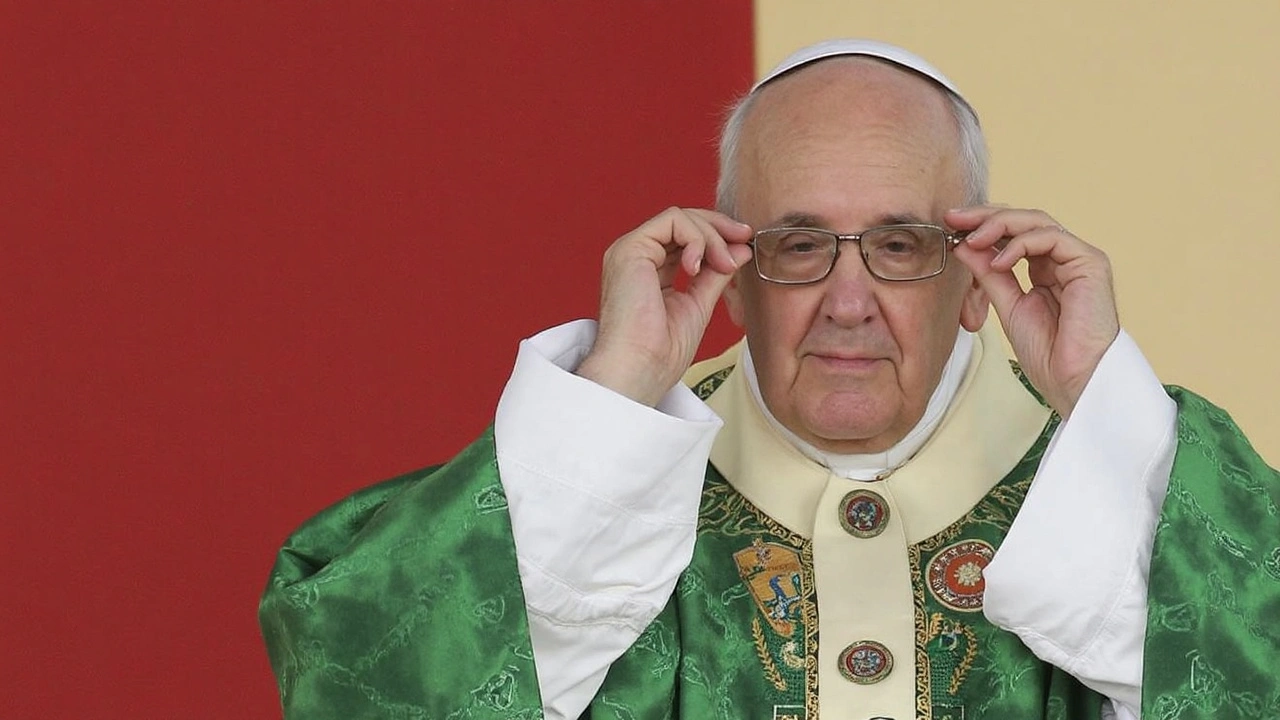Stroke: Spot It Fast
Stroke is a medical emergency that happens when blood flow to part of the brain stops. Brain cells begin to die in minutes. Recognizing stroke quickly and getting treatment fast can save a life and reduce long-term disability.
Recognize stroke fast
Common signs are sudden face droop, arm weakness, and slurred speech. You can remember FAST: Face, Arms, Speech, Time. If one side of the face droops when someone smiles, they can’t lift one arm, or their speech is unclear, call emergency services right away.
Other warning signs include sudden confusion, trouble understanding, sudden trouble seeing with one or both eyes, severe headache with no known cause, trouble walking, dizziness, and loss of balance. A short episode of these symptoms that goes away may be a transient ischaemic attack (TIA) — treat it like a stroke and get checked the same day.
What to do and how to prevent
What should you do at the scene? First, call emergency services and describe the symptoms and the time they started. Don’t give the person food, drink, or medication unless a medical professional says so. Keep them comfortable and safe; place them on their side if they vomit. Note the time symptoms began — this detail can determine which treatments are possible.
In hospital, specialists will use scans and tests to decide if the stroke is ischemic (blocked artery) or hemorrhagic (bleeding). Treatments differ: some patients can receive clot-busting drugs or procedures that remove the clot, but these are time-limited. Stroke units with coordinated care, early rehabilitation, and nurse-led monitoring improve outcomes.
How do you reduce your risk? High blood pressure is the biggest modifiable factor. Get it checked and treated. Other steps: control diabetes, quit smoking, limit alcohol, stay active, eat a low-salt, balanced diet, and keep a healthy weight. If you have atrial fibrillation, talk to your doctor about anticoagulant treatment — it greatly lowers stroke risk.
Recovery is a step-by-step process. Physiotherapy helps regain movement; occupational therapy works on daily tasks; speech therapy fixes language and swallowing problems. Set realistic goals, track progress, and build a support team of family, therapists, and community groups. Small wins add up.
For caregivers, practical tips help: plan home safety changes, break tasks into simple steps, keep a record of medications and appointments, and ask for respite when you need it. Reach out to local stroke organizations — they can connect you with rehab resources and peer support.
If you live in Africa or low-resource areas, quick action saves lives. Know local emergency numbers, learn FAST, and seek care at hospitals with stroke services. Advocacy for better stroke care, blood pressure screening, and community awareness can change outcomes across the continent.
A stroke can change life in minutes, but a fast response and rehabilitation can change the future. Spot the signs, call for help, and keep monitoring risk factors to protect yourself and those you love.
Pope Francis Dies at 88: Vatican Reveals Stroke as Primary Cause and Outlines Simple Burial Wishes
Pope Francis died at 88 on April 21, 2025, from a fatal stroke with several underlying health issues contributing. The Vatican released details of his passing, highlighting his wish for a modest burial. The College of Cardinals now faces the responsibility of organizing his funeral and governing the Church during this transitional time.
